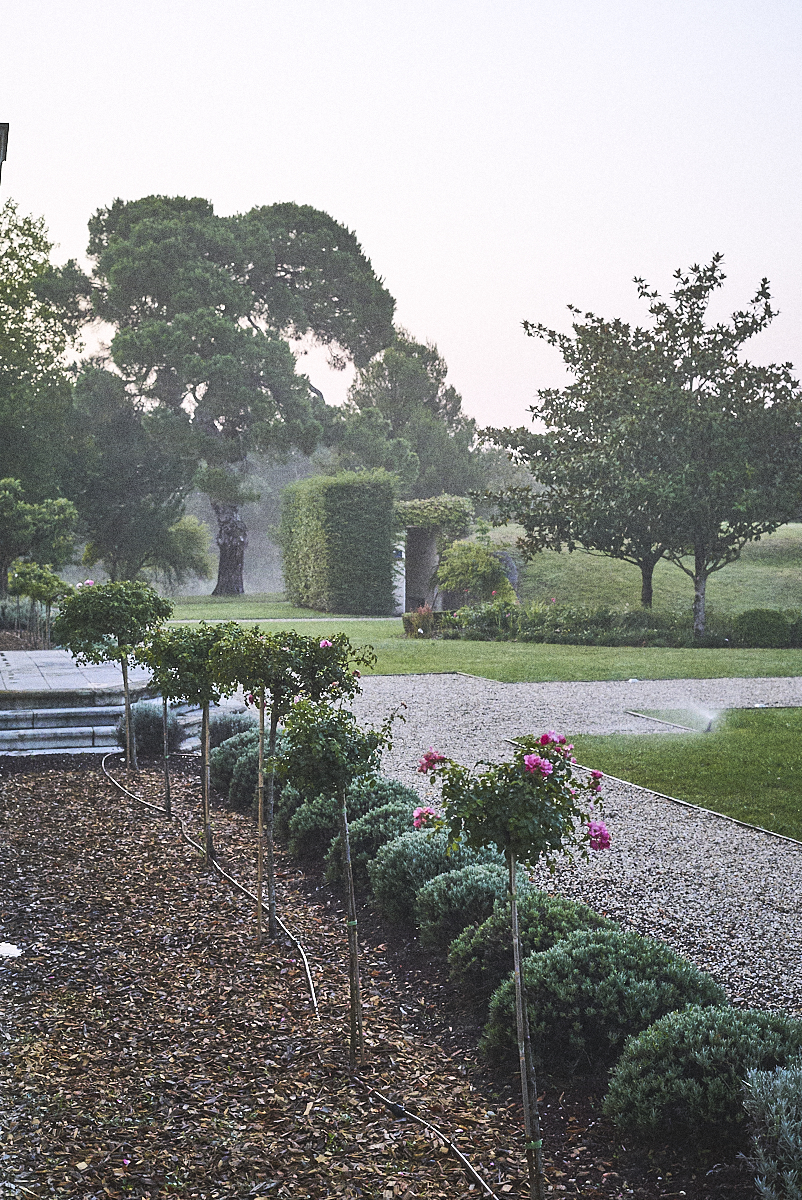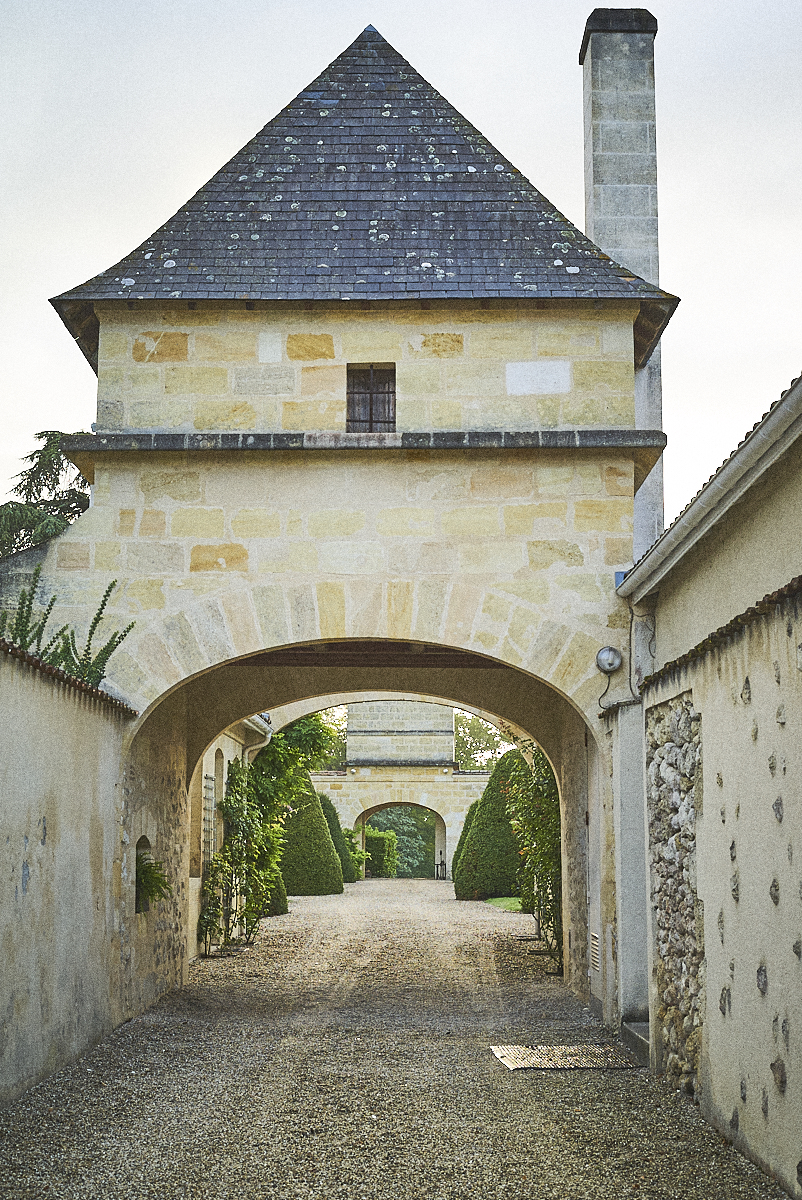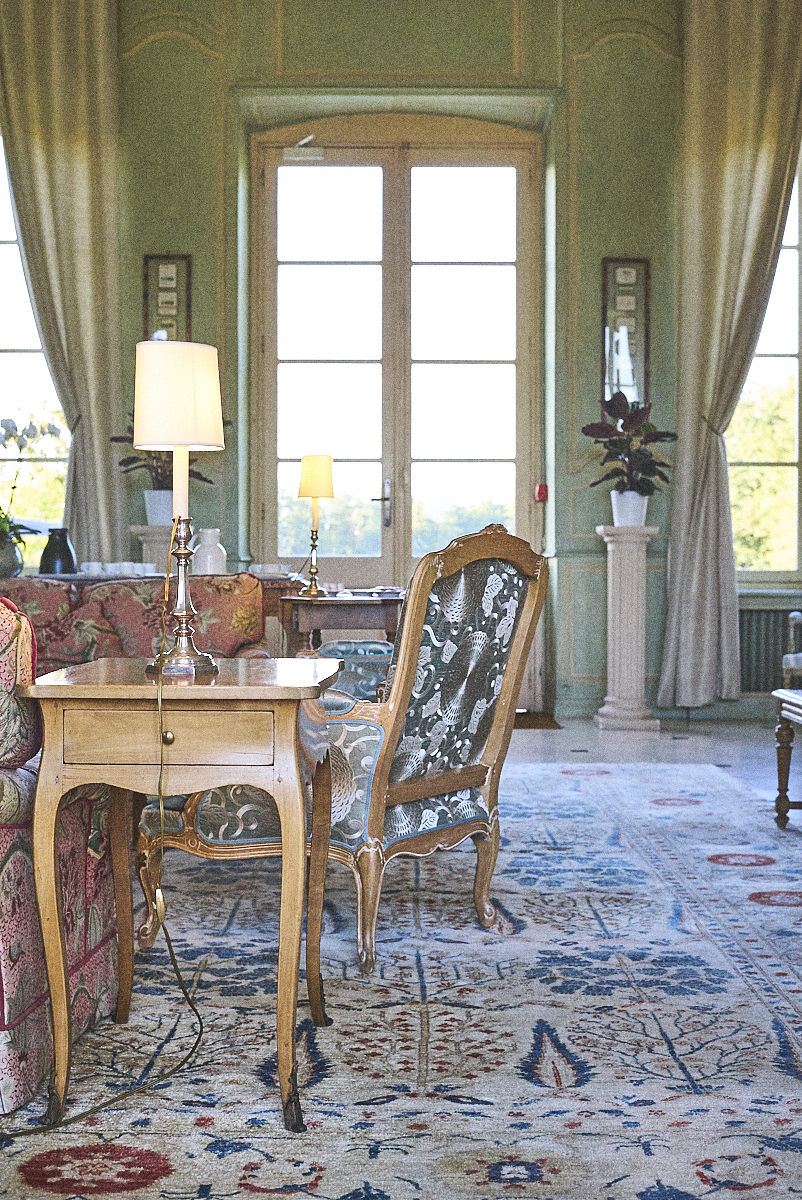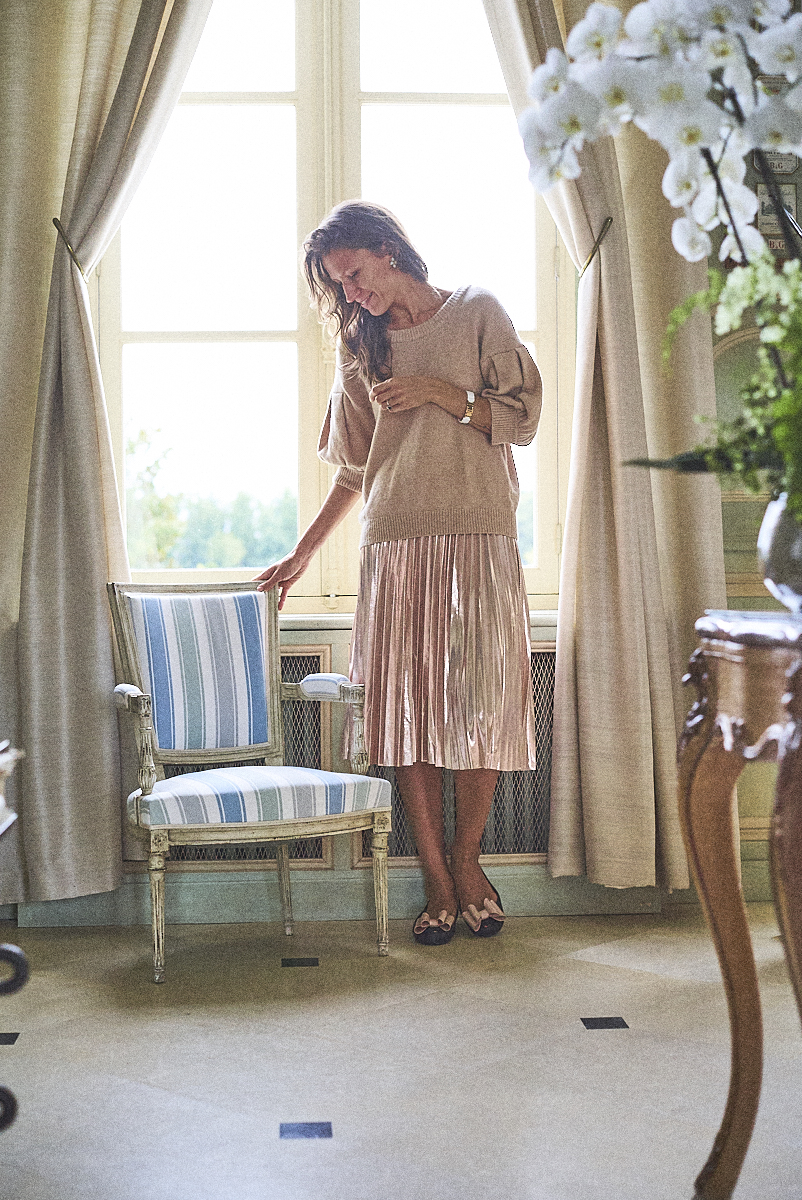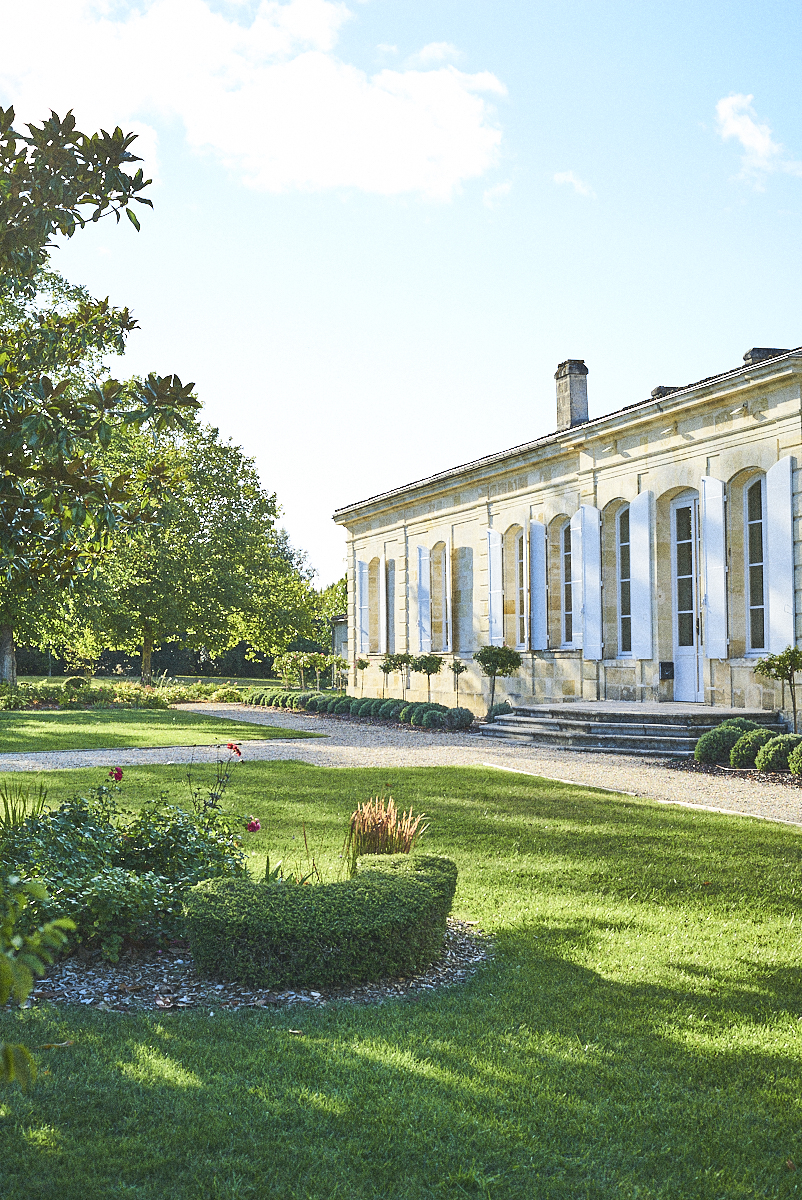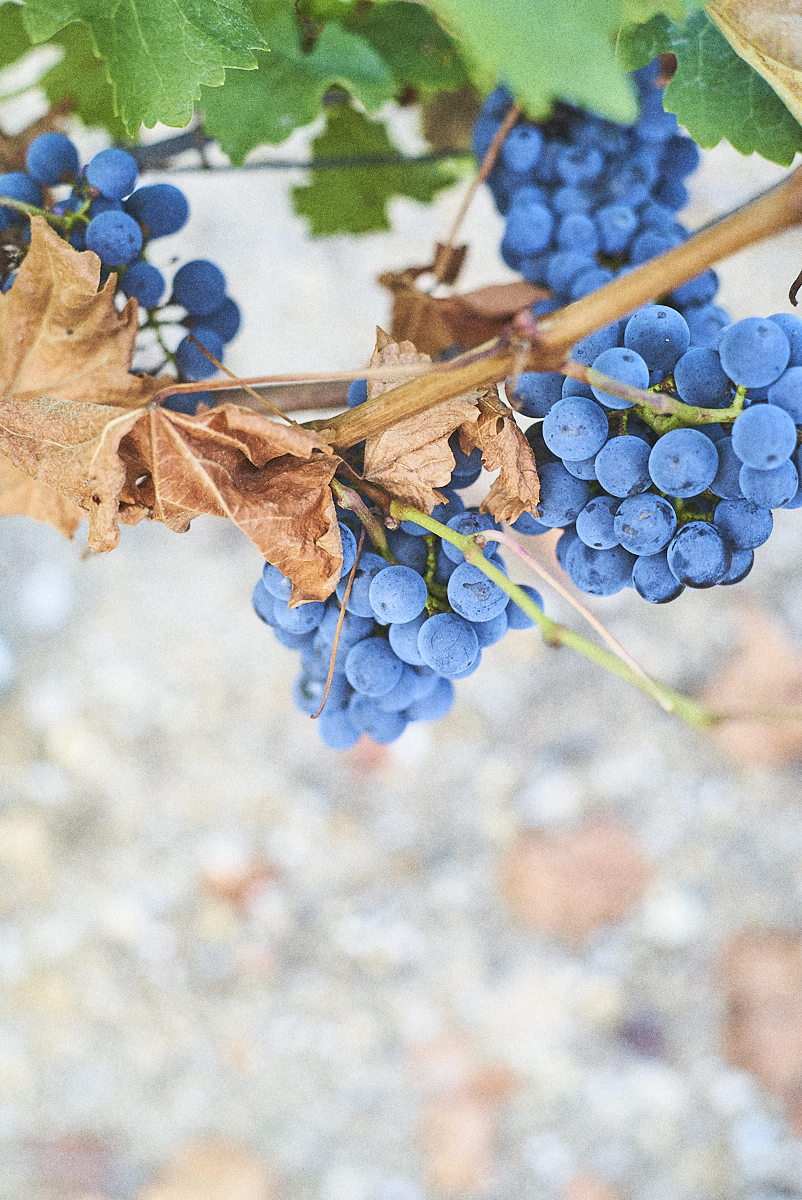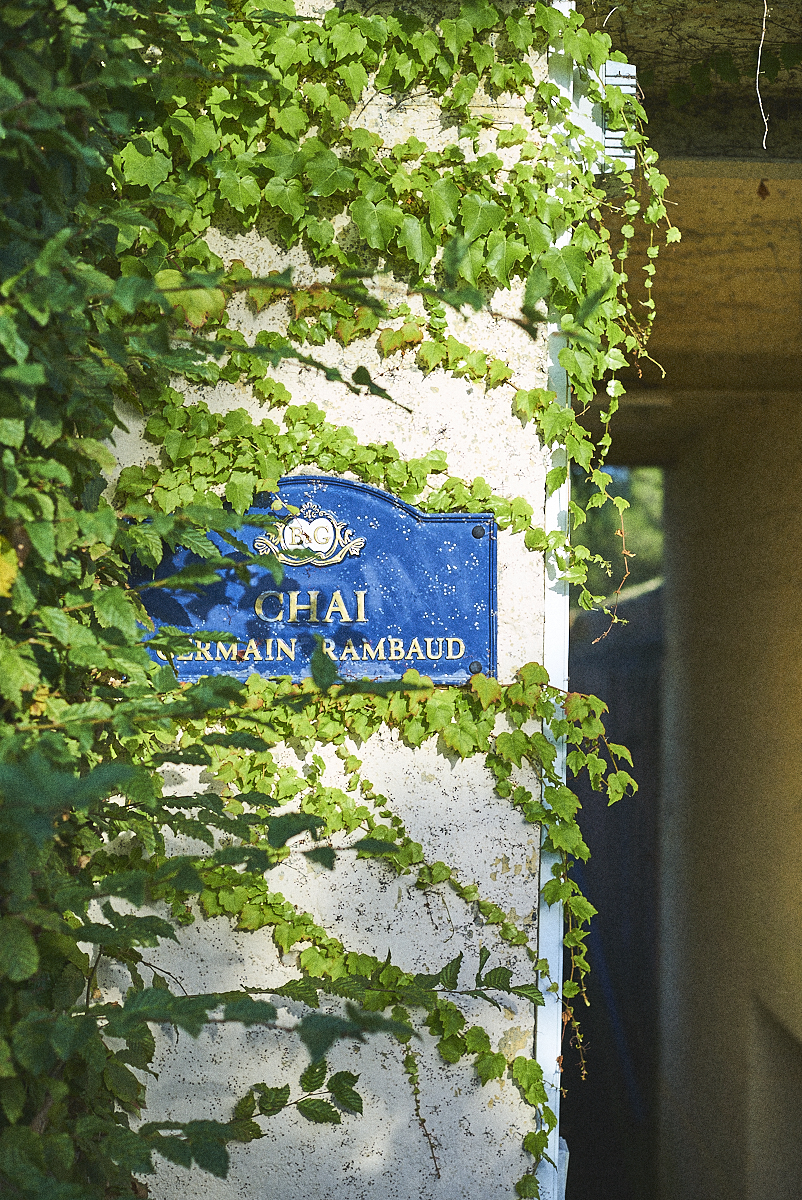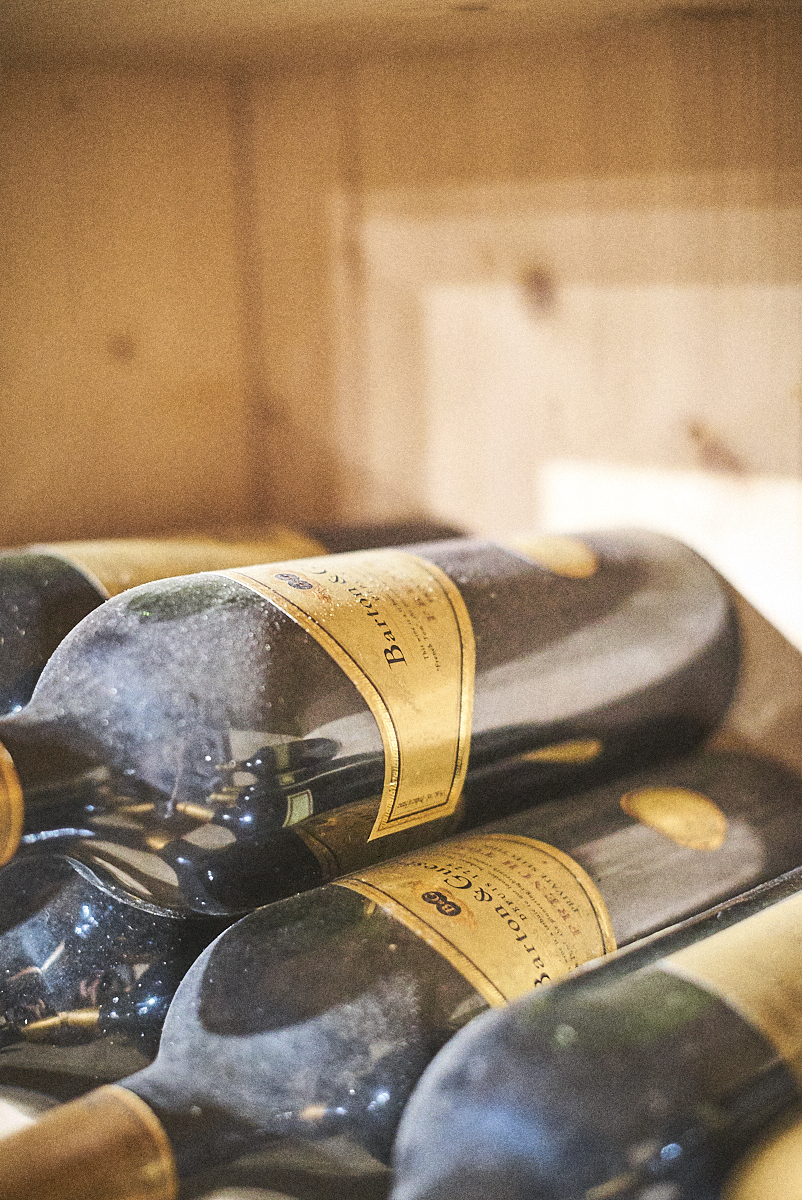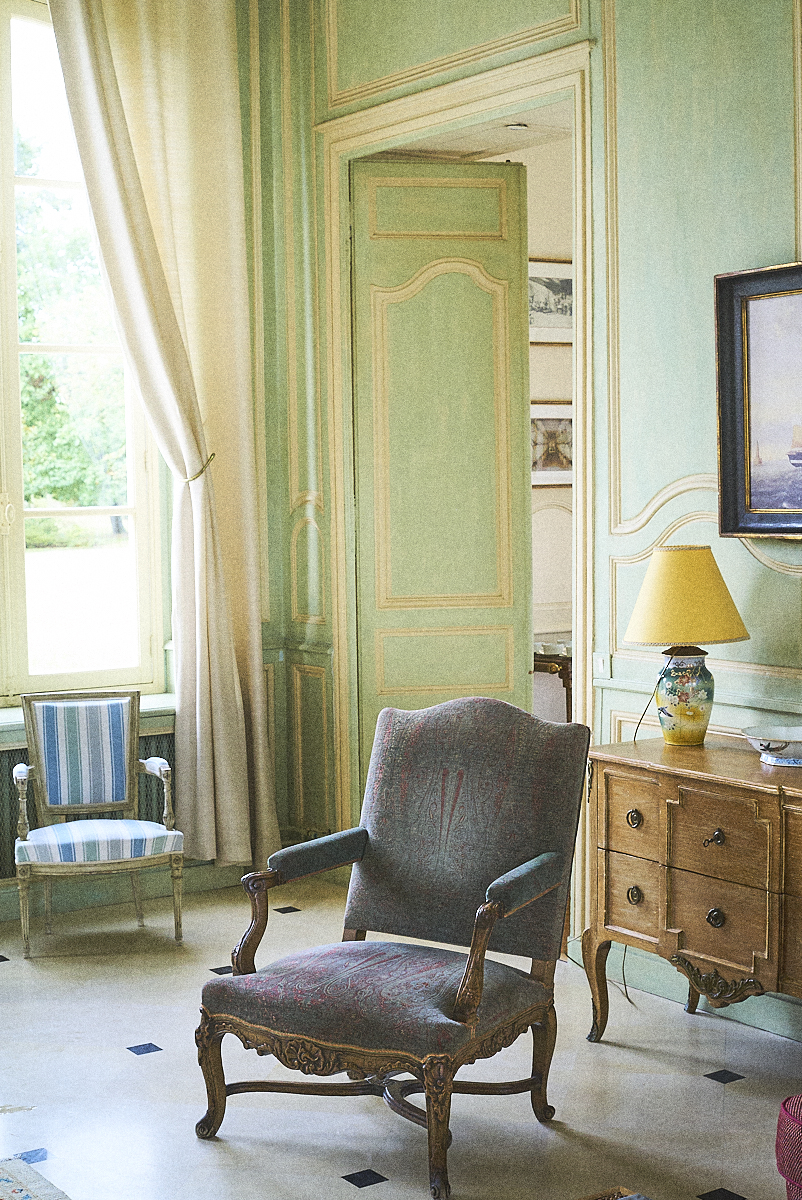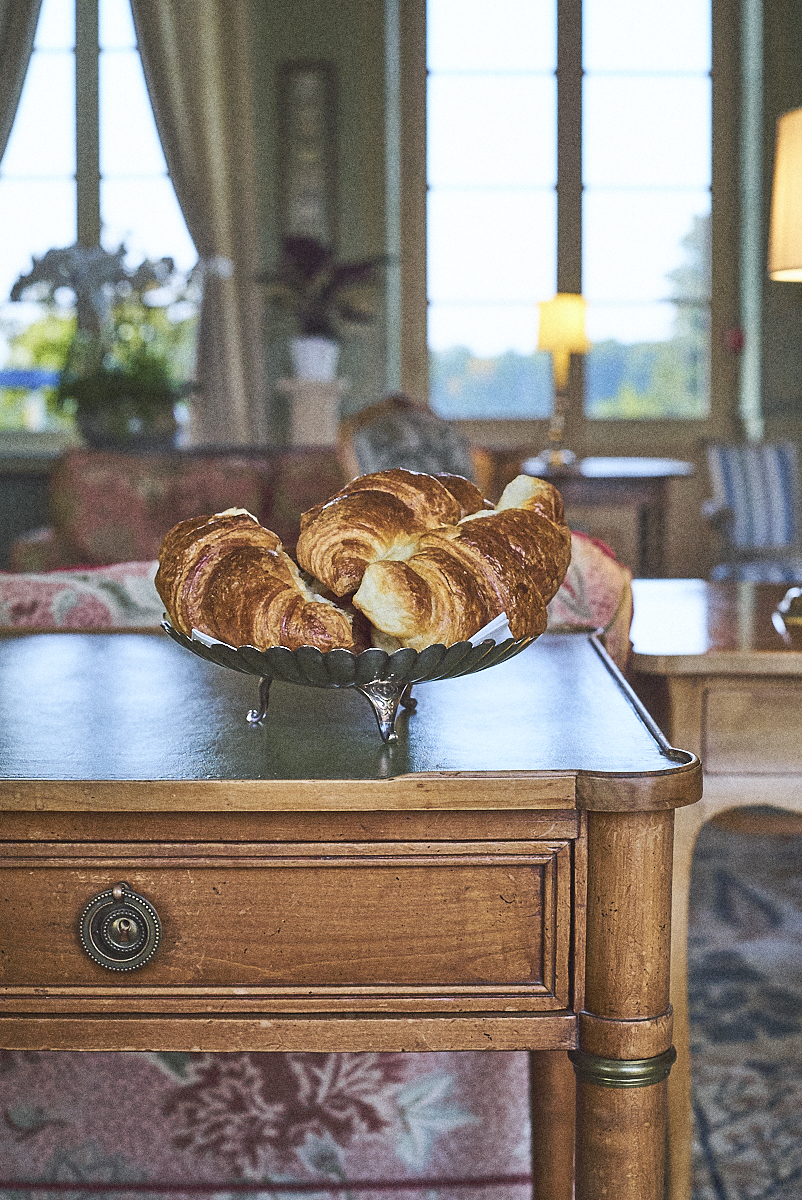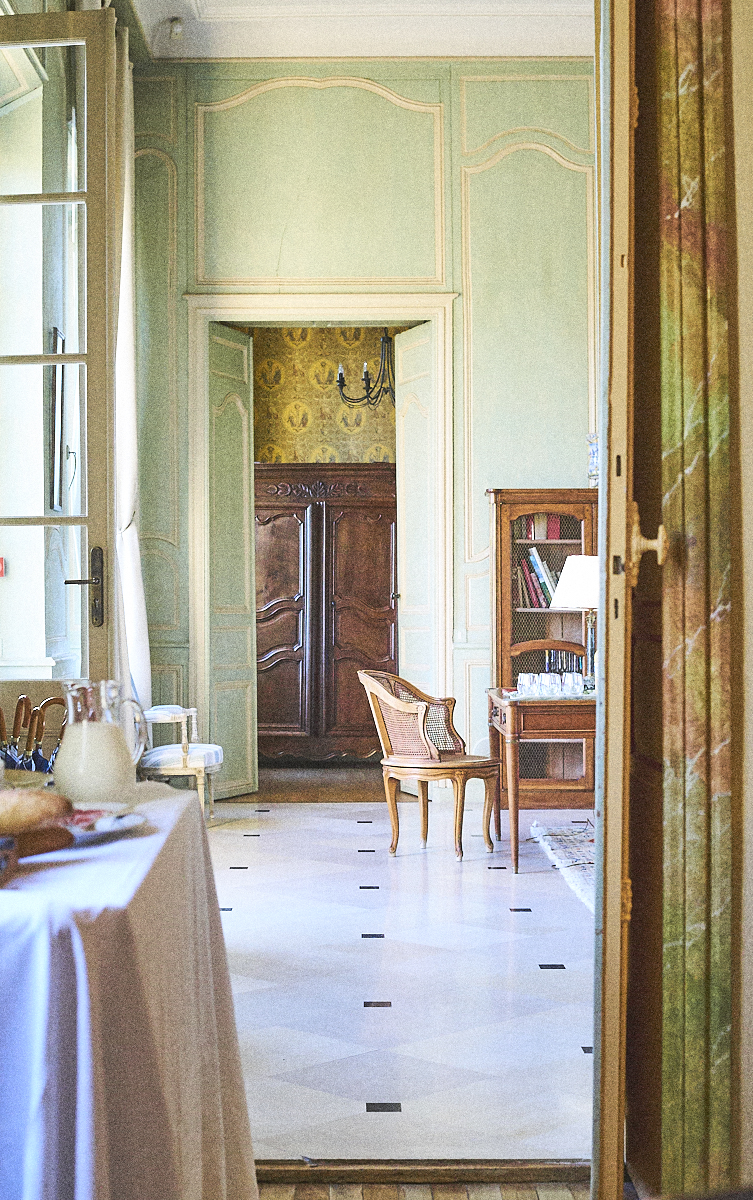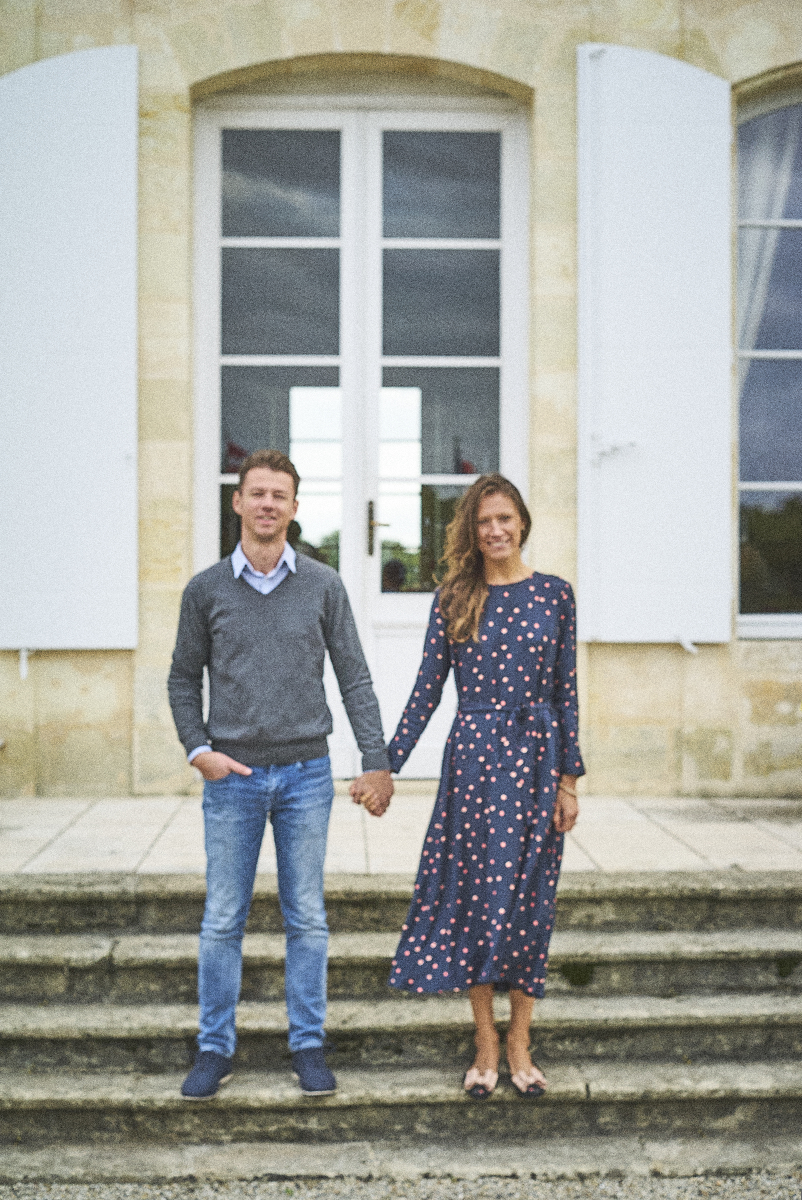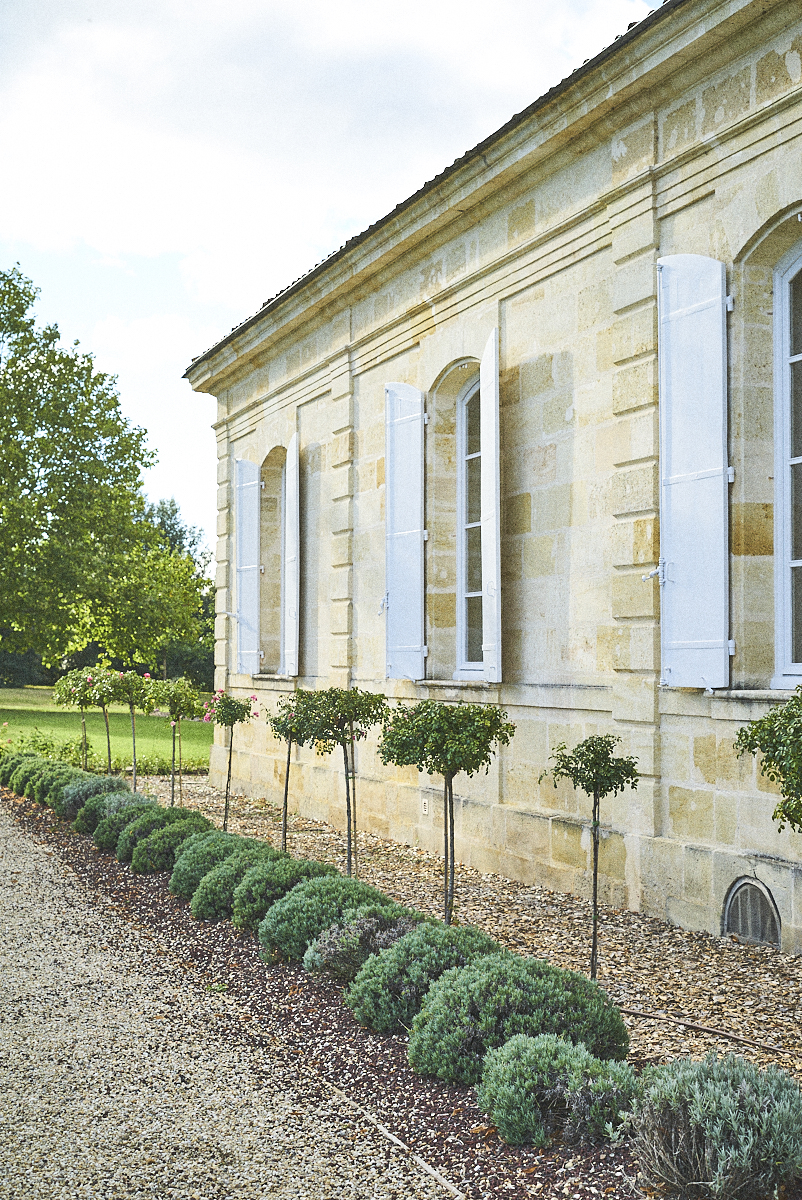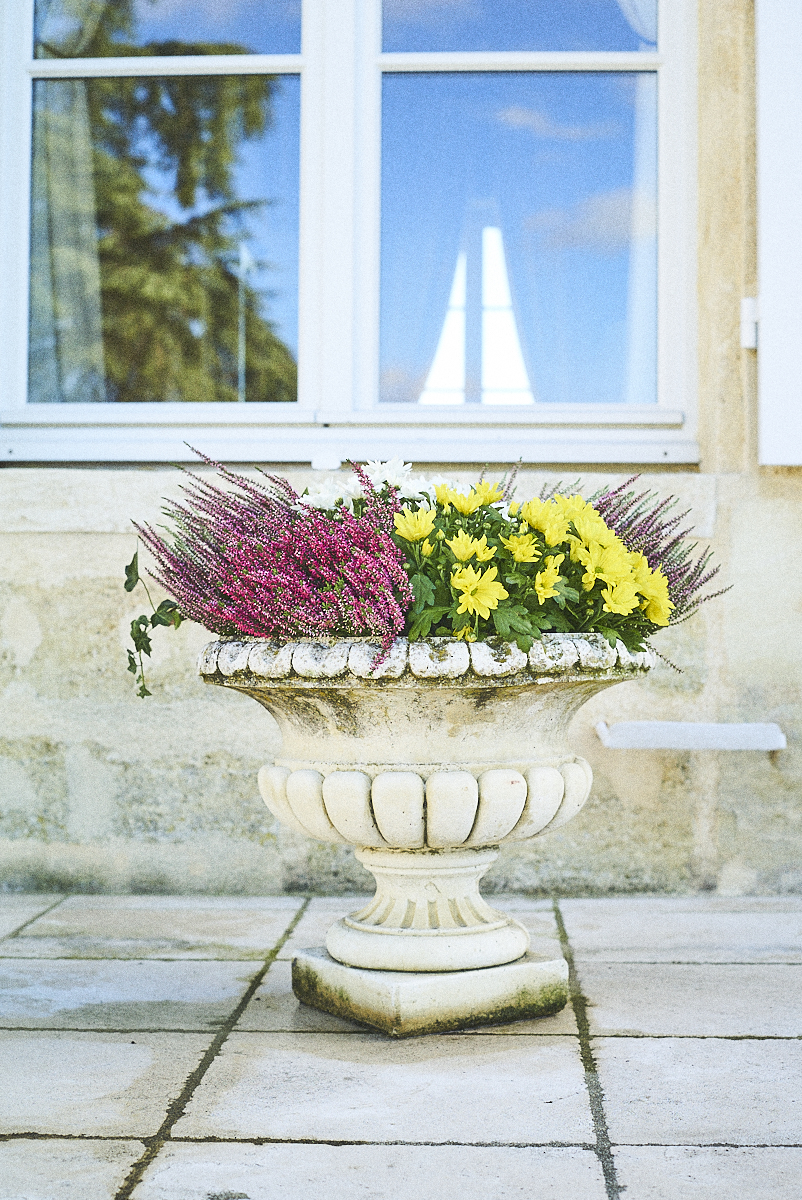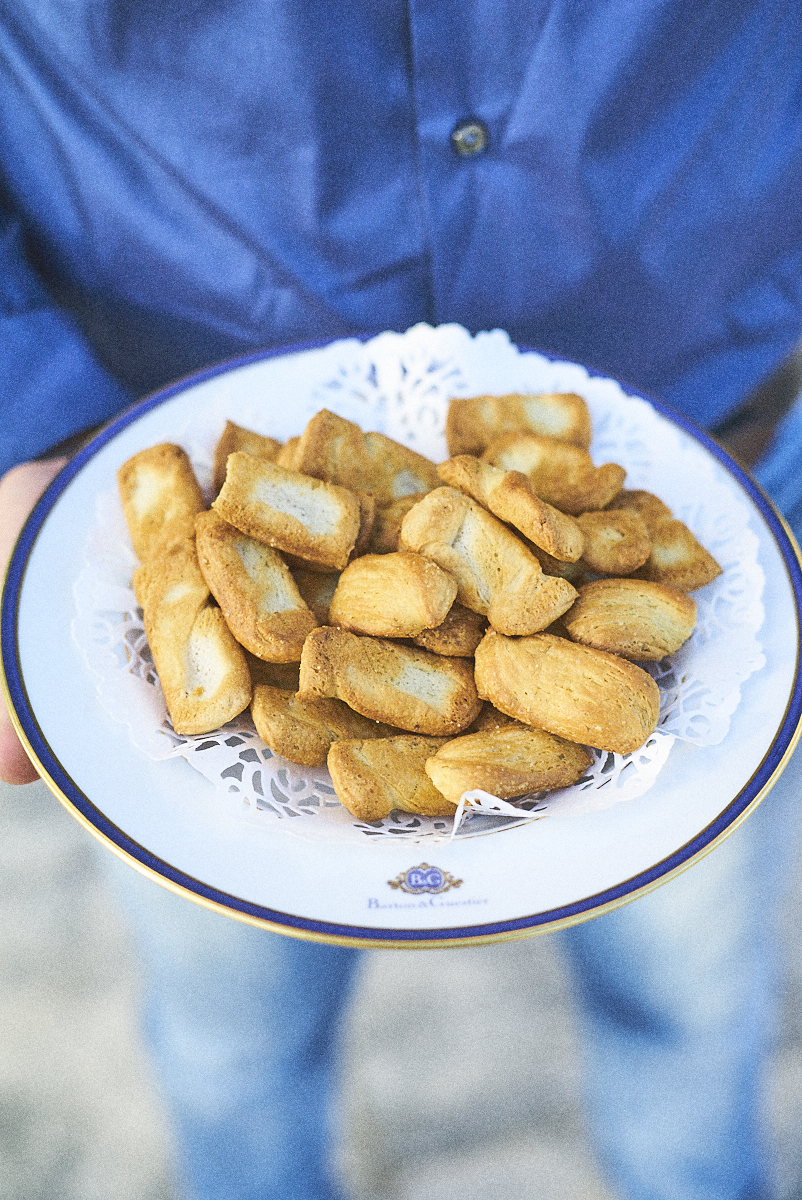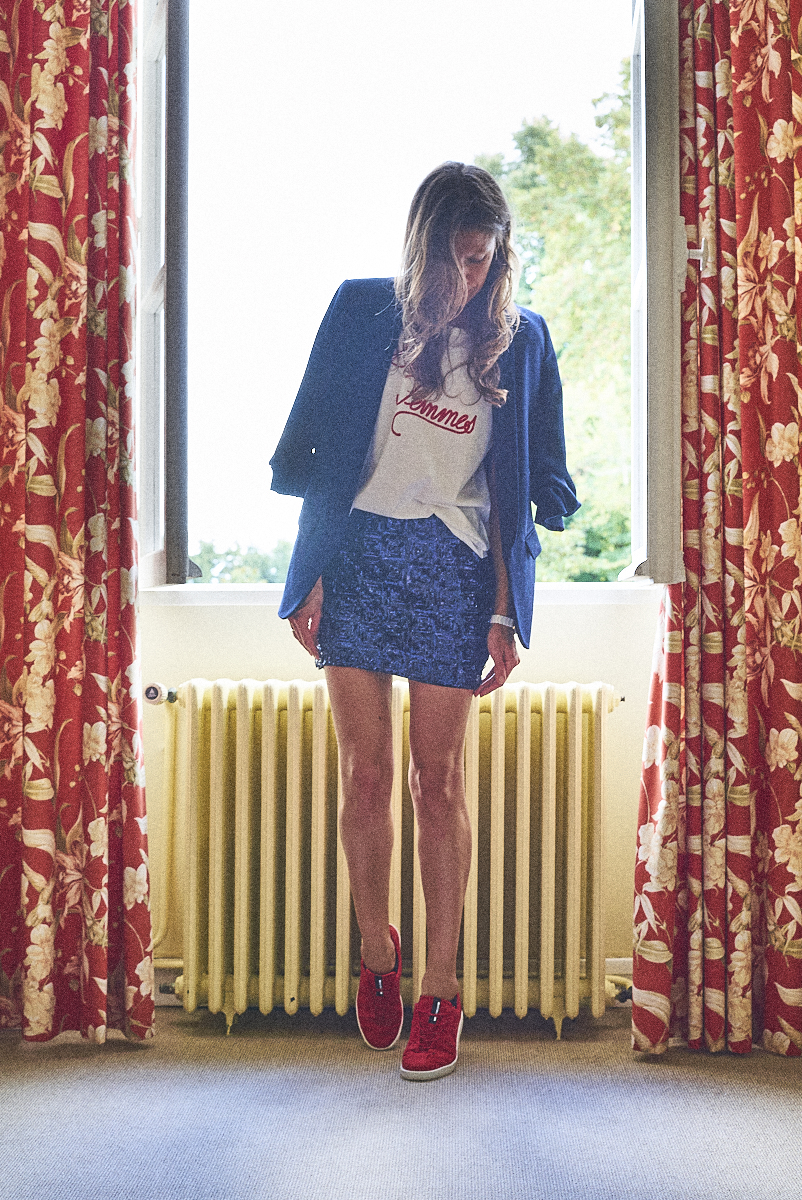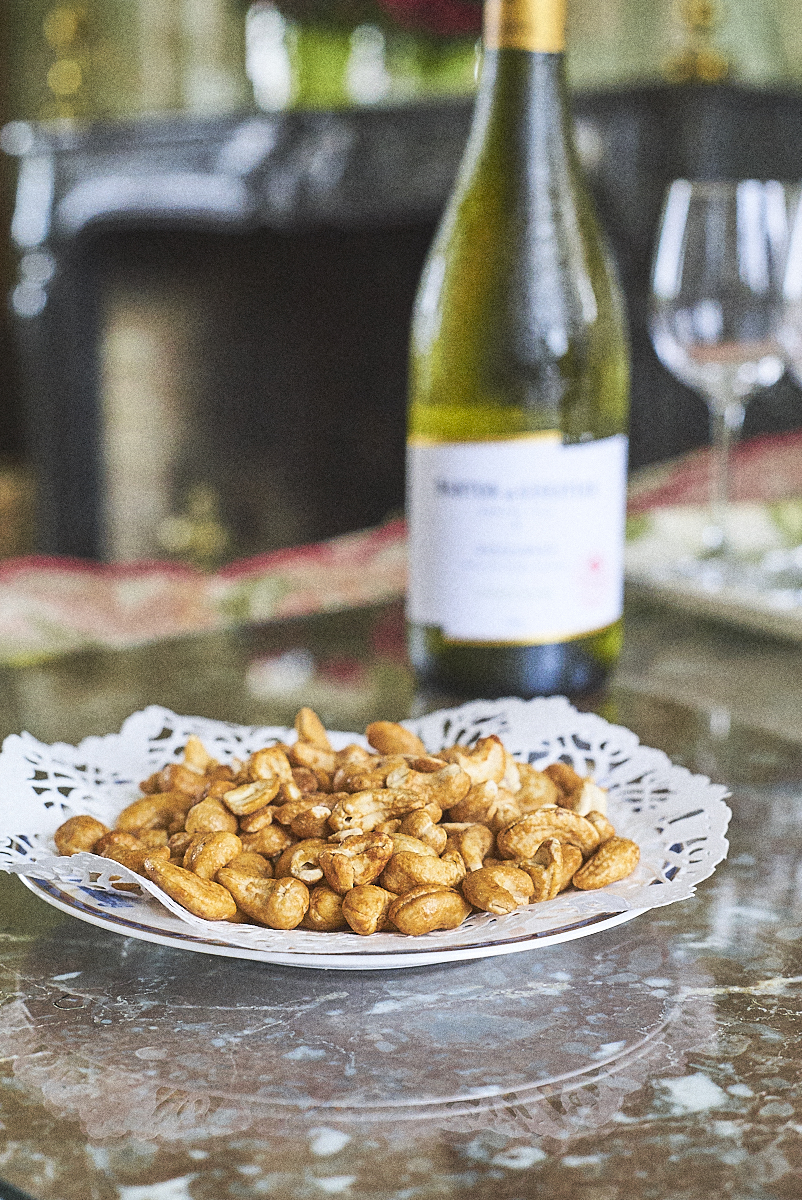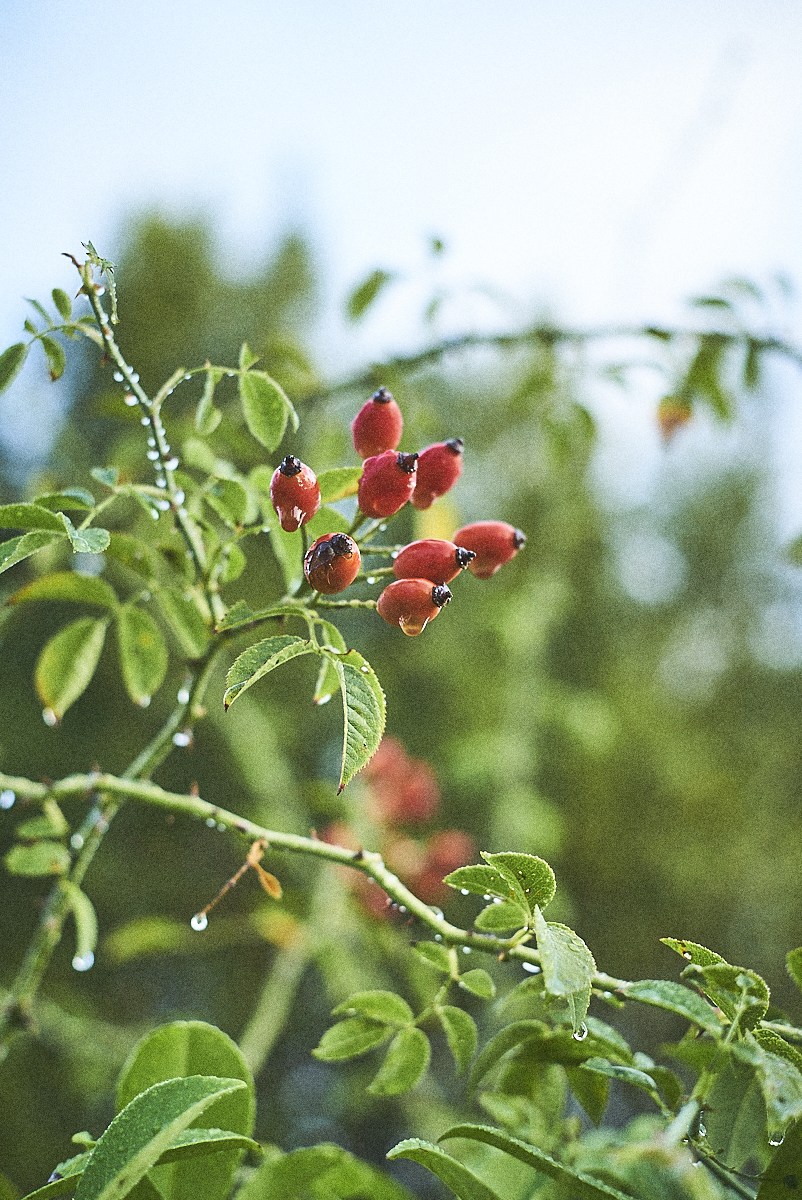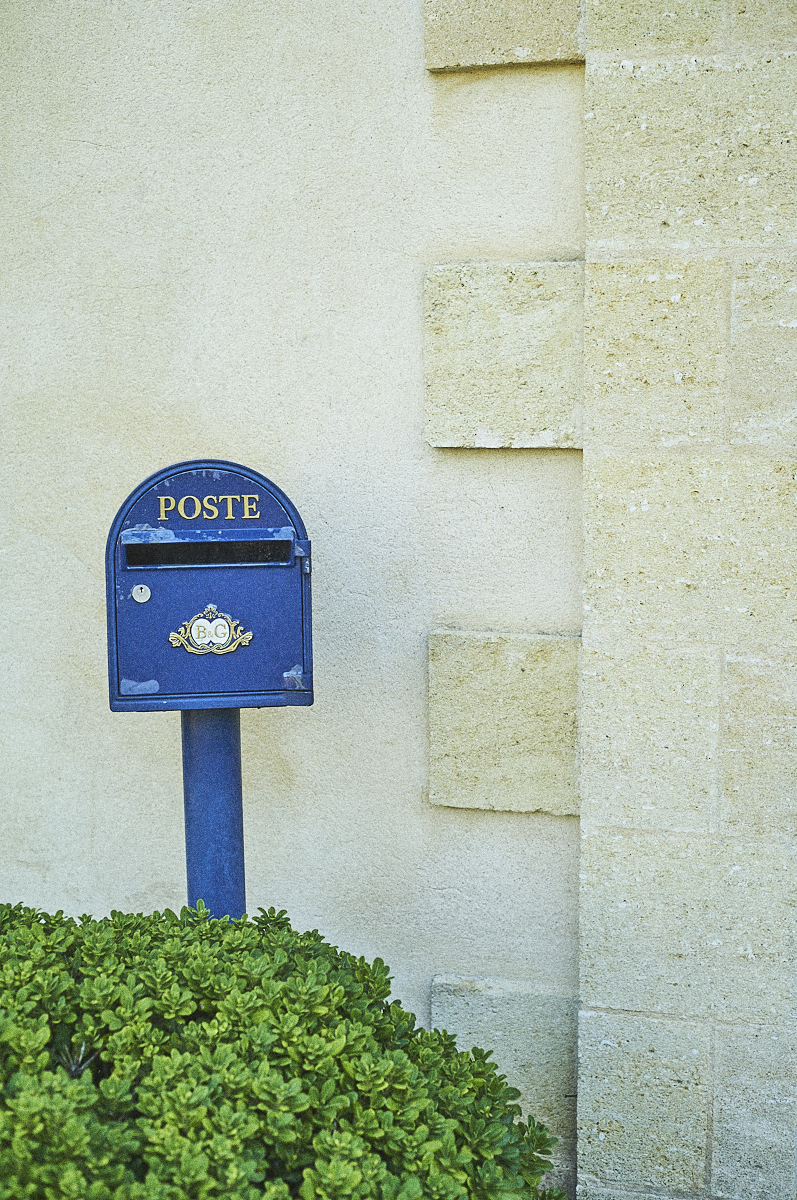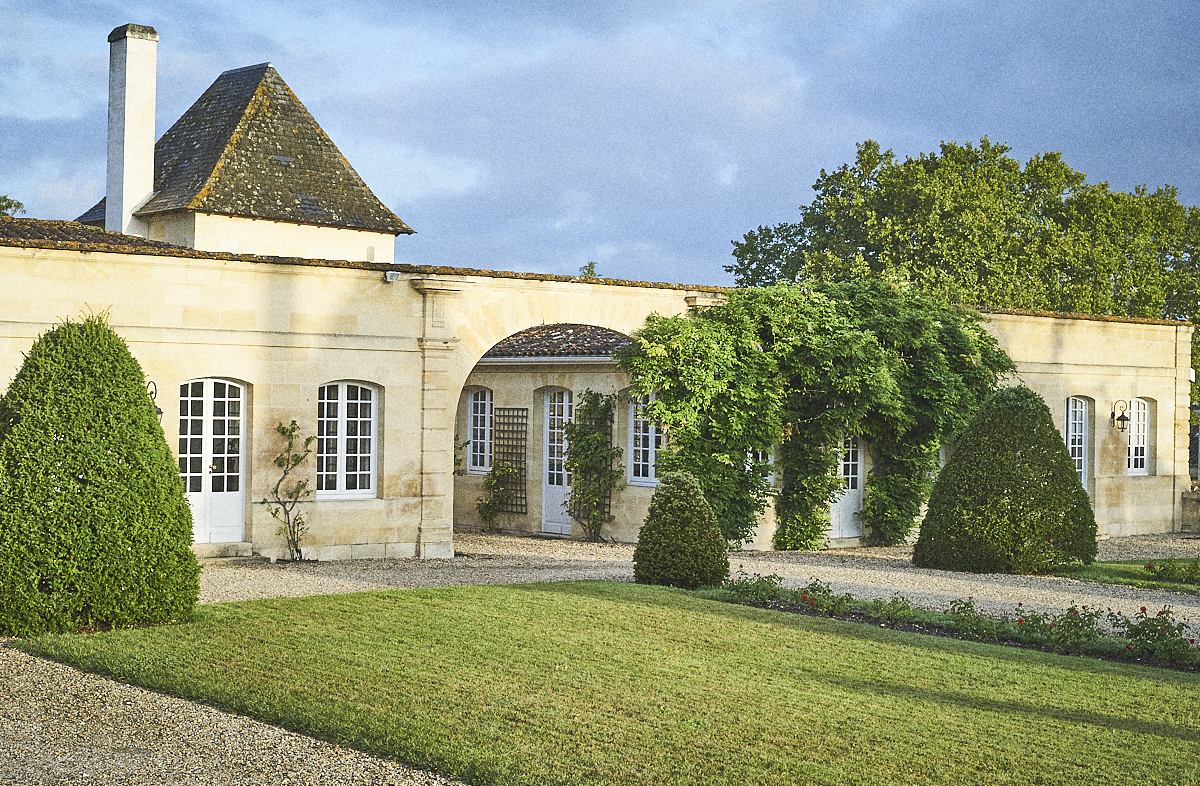The oldest existing
Once upon a time (this is my first time to a start an article like this and I love it), people discovered wine. The sweet and relaxing nectar made from grapes and, yes, in old times, it was sweet as hell. They drank it and were happy, but I believe they had no idea that some day in the 21st century we would still be drinking it, being even more happy and obsessed with the wine world, but with a completely different taste profile. NO more sweet crap.
Once more, once upon a time, there was an Irish man named Thomas Barton who arrived in Bordeaux. It was early in 1725 (before that he went to Montpellier) and together with Daniel Guestier (he was from Gascony) created something we know today – Barton & Guestier wines, still the oldest existing wine company in the Bordeaux region. As it happens, when you grow older and wiser, today there is no moreconnection with the family. During all these years, Barton & Guestier was owned by the Seagram company (the first owners not in the family) and many others, until today when it is owned by the Castel group (finally, after all those years, also a French company).
Strangely enough, although it has been and now is again a French company and the fact that the French love to drink wine, most B&G wine goes to export, starting with Europe that is the biggest market (excluding the Netherlands, which is a separate market – boy, do they love wine), and then the USA and Pacific Asia. Why? It is not because the French don't like B&G. No. It is due to some 1980s decisions made by Seagram stating that all wines have to go to export. Now it is changing, and French people are coming back to recognizing their local wine brand, but it does not mean that the world loves it less.
For everyone
Now, please don't fall of your chair, but the truth is that there are 70 wines in the B&G portfolio. Yes, yes, 70 not 17, and all come from France. With all of that, there is just one property that actually belongs to them - Chateau Magnol in Medoc. A place where I have stayed twice and I do hope again.
So how come there are no vineyards (well, just the ones for Chateau Magnol wine) and there are so many wines? Sommeliers and wine experts – you know the story, but let me clear this up for the others. To make the wine, B&G selects wines (not grapes or juice but WINES) from 200 wine growers, selecting the plots and wines. This does not mean that there is agreement stating they have to buy wine, whatever its quality. No. It is different. The enological team travels all year long to all the vineyards to see how the grapes grow, and only at the end (or beginning of the harvest), does the B&G team decide if they will buy the wines. There are no agreements that state something else, and this means there are no obligations except one – the wine has to be good.
Not only Bordeaux
When I think about B&G wines, I automatically think – Bordeaux. That logo, that chateau, that story, but, honestly, I have no idea why I do that. Maybe because my first wine from them was a Bordeaux, or maybe it is just my idea of how I would like it to be, but yes, I also think like that. So, that is why it is important to clear this thought, because B&G is not only a story about Bordeaux. It is a story about wines from all over France - Rhone, Loire, Bourgogne including Beaujolais, Provence, Languedoc, Gascony and even Pinot Noir from Corsica. So, located in Bordeaux and historically originated in Bordeaux, the story is much wider, covering most French wine regions.
Chateau Magnol
Located as the 1st vineyard on the south side in Haute Medoc, Chateau Magnol is not as big as others but big enough to produce wonderful wine with a vineyard only 30 ha big. They are not wines to be confused with B&G wines, no. They carry the B&G logo, but believe me, the wine is a whole different story, made from the same grapes that appellation allows – Cabernet Sauvignon, Cabernet Franc and Merlot – the last one being the largest amount, since the team wants Chateau Magnol wine to be rounder and softer than tannic. But that does not mean there is no aging potential. There is and always has been the walk in the Chai (oh that three key and alarm secured cellar) that holds the Chateau Magnol vintage 1974, which is good proof.
The Chai, the wine cellar, once used to be a chamber (where British soldiers were killed by Nazis) but now is a treasure box for wine lovers with Bordeaux region wine vintages, such as Chateau d'Yquem dating back to the beginning of the 20th century. Locked under many keys and alarms, this is a private cellar meant only for special events (sadly) and occasions and guests that come to celebrate life here. So if you ever get invited to Chateau Magnol, which is not open to the public but is a private estate – please do not think twice and go. Say yes. In the meantime, while waiting for the invitation (I like to think that one day I will receive an invitation from the Queen of England) try some of the B&G passport collection wines and of course the beautiful Chateau Magnol (the red meat and cheese will thank you).
Text, recipes, and pictures: Signe Meirane
Thank you Barton & Guestier
Photos taken with Sony alpha 7s

